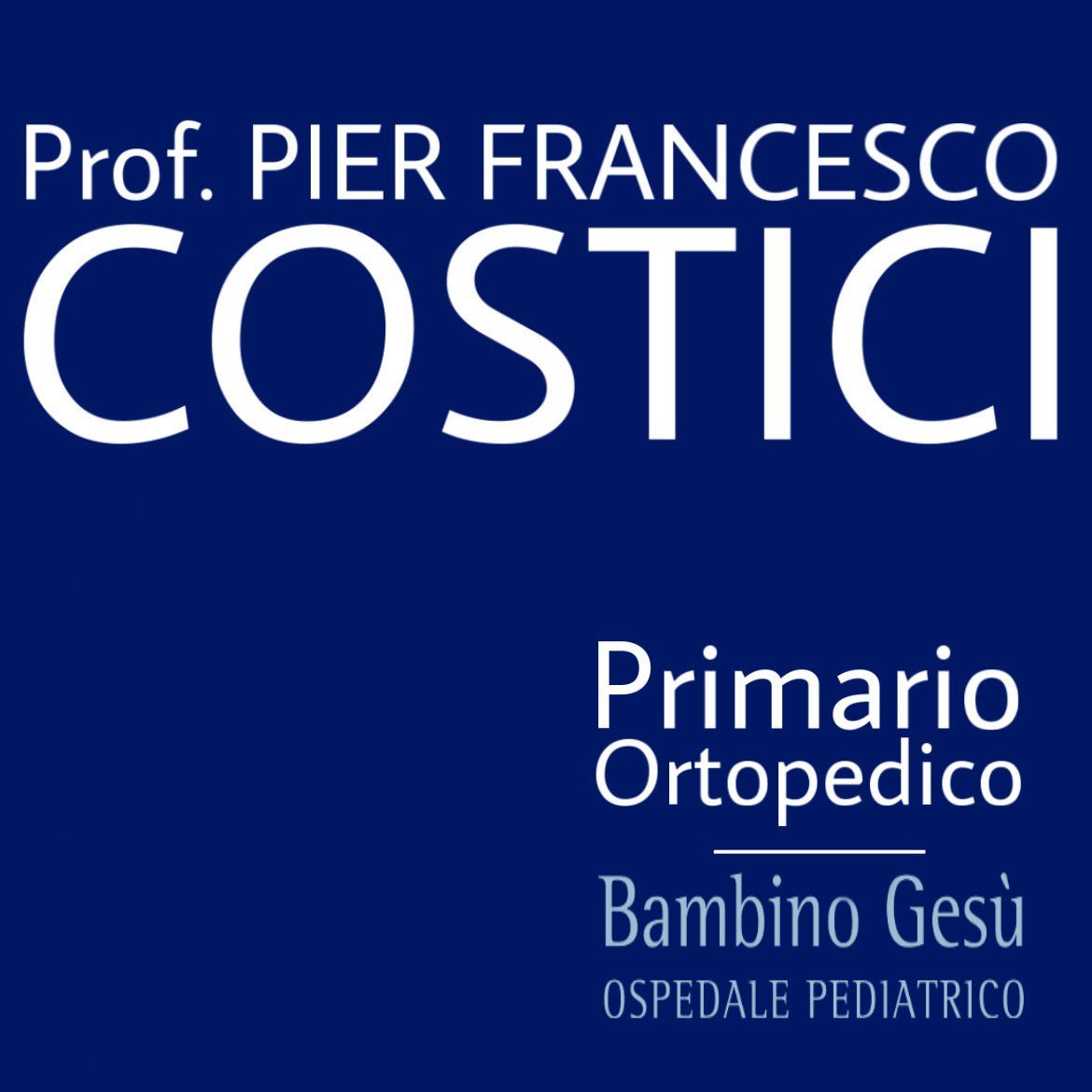Aneurysmal bone cyst
A benign, non-neoplastic growth categorized as a pseudo-tumor, the aneurysmal bone cyst can lead to significant bone damage. Curative measures include surgery or embolization
Overview
This pseudo-tumor, occurring at any age but most frequently between 10 and 20 years, is sometimes associated with tumor lesions like giant cell tumors or osteoblastomas. Filled with blood, its origin remains unknown, considered a reactive response to an unspecified stimulus. Typically found in the metaphysis of long bones, pelvis, or vertebrae, it causes swelling, especially in long bones, creating a distinctive "beehive" appearance due to interconnected small chambers.
Pseudotumor forms
Pseudotumoral forms mimic skeletal tumors in clinical characteristics and diagnostic images, but microscopic examination reveals distinct differences in appearance, evolution, and prognosis.
Symptoms
Aneurysmal bone cysts manifest as localized pain and swelling, with potential bone fractures in some cases.
Diagnosis
Diagnosis often arises incidentally or through clinical history and examination. Radiographic examination reveals a characteristic "beehive" area, followed by further tests like scintigraphy, MRI, and CT scans. Confirmation involves a bone biopsy, ruling out malignant transformation, which has never been observed.
Treatment
Treatment approaches vary between surgical and infiltrative methods. Surgical treatment involves emptying the cavity and filling it with autologous or synthetic bone grafts. Infiltrative treatment, like scleroembolization, is increasingly favored. This procedure involves infusing the cyst with chemicals to induce drying, closure, and collapse. Arterial scleroembolization is considered for lesions in challenging surgical sites, like vertebrae, sacrum, and pelvis. Recurrence occurs in approximately 10% of cases.
ORIGINAL ARTICLE FROM: ospedalebambinogesù.it
written by Pier Francesco Costici and Pierluigi Maglione
All rights reserved | Pier Francesco Costici


